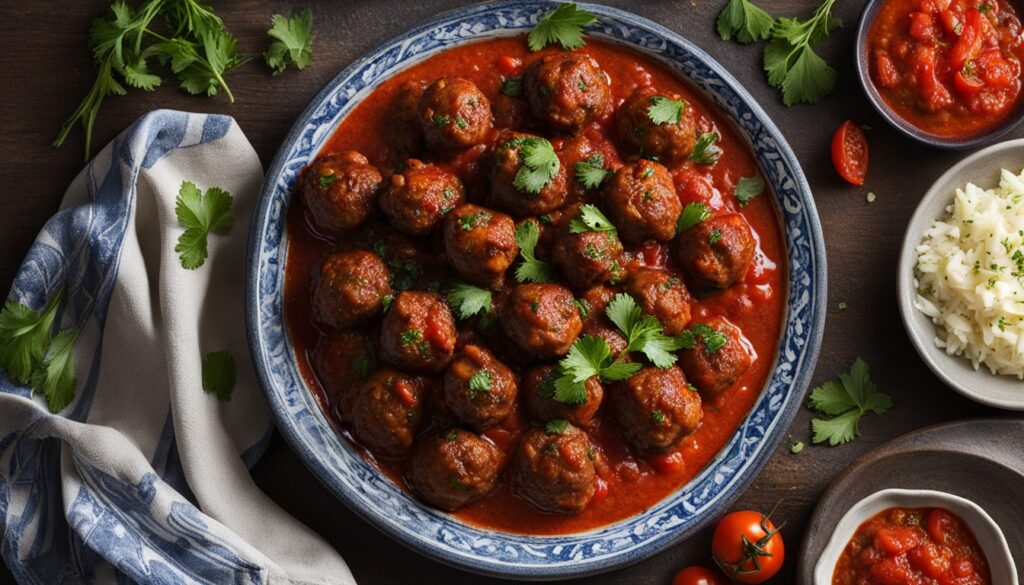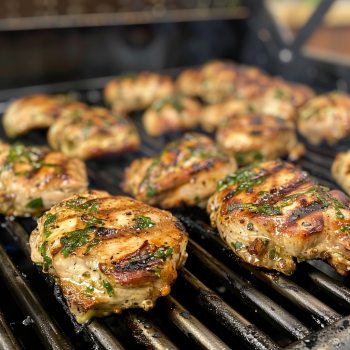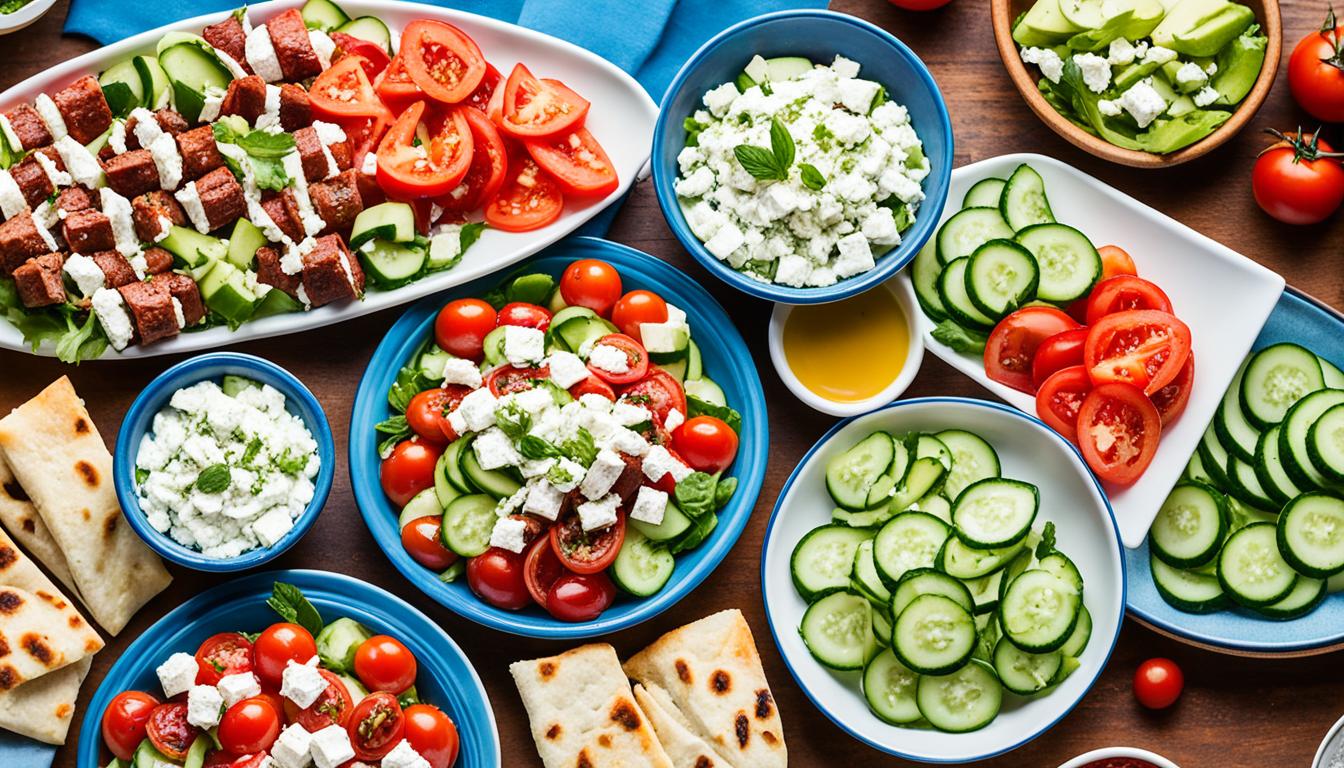Experience Authentic Greek Cuisine Today
Imagine a culinary adventure that transports you to the sun-kissed shores of Greece, where the aromas of olive oil, fresh herbs, and grilled seafood mingle with the vibrant energy of local markets and family-owned tavernas. Welcome to the world of authentic Greek cuisine, a rich tapestry of flavors that have been woven through generations, reflecting the diverse landscapes and cultural heritage of this remarkable country.
What secrets lie within the traditional recipes and time-honored cooking methods that have endured for centuries? How do the regional variations, from the mountainous interiors to the island outposts, contribute to the uniqueness of Greek gastronomy? Embark on a journey with us as we unveil the captivating essence of authentic Greek cuisine and discover the profound connection between food, health, and longevity.
Key Takeaways
- Explore the vibrant flavors and rich culinary traditions of authentic Greek cuisine.
- Discover the regional diversity and seasonal nature of Greek dishes, reflecting the country’s varied landscapes.
- Uncover the health benefits and longevity associated with the Mediterranean diet, as exemplified by the Ikarian way of life.
- Savor iconic Greek specialties, from the iconic meatballs to the beloved tzatziki.
- Understand the significance of plant-based eating and the use of high-quality olive oil in traditional Greek cooking.
Greek Culinary Traditions: A Rich Tapestry
Greece’s long and complex history has shaped its diverse regional cuisines, each reflecting the unique geography, climate, and cultural influences of its respective area. From the hearty shepherd’s fare of the mountainous regions to the thrifty island cooking of the Aegean, and the fragrant urban flavors of Asia Minor, Greek cuisine is a rich tapestry of traditions.
Regional Cuisines: From Mountains to Islands
The mountainous regions of Greece are known for their robust, mountain cooking that nourished the hardworking shepherds and farmers. Dishes like slow-cooked stews, grilled meats, and rustic vegetable casseroles are hallmarks of this regional Greek cuisine. In contrast, the island cuisine of the Aegean is defined by its resourcefulness, with locals making the most of the bountiful seas and limited land. Seafood, olives, and seasonal produce are the stars of these Mediterranean diet-inspired dishes.
Common Threads: Seasonality and Plant-Based Eating
Despite the regional variations, common threads unite Greek culinary culture, such as the emphasis on seasonal eating and the prominence of plant-based Greek recipes. These traditions are deeply rooted in the fasting practices of the Greek Orthodox Church, which have shaped the way Greeks approach food and nourishment. Meals are centered around fresh, locally-sourced ingredients that reflect the rhythms of nature, creating a vibrant and sustainable Mediterranean diet.
“Greek cuisine is a tapestry of regional traditions, woven together by the common threads of seasonality and plant-based eating.”
The Ikarian Diet: Secrets of Longevity
The island of Ikaria, often referred to as a “blue zone” where people “forget to die,” offers a captivating glimpse into the traditional Mediterranean diet in action. Characterized by a focus on seasonal, locally-grown plant-based foods, the Ikarian diet has long been associated with exceptional longevity and healthy living.
At the heart of the Ikarian diet is a dearth of processed foods and a heavy emphasis on whole, unrefined ingredients. From fresh fruits and vegetables to whole grains, legumes, and a generous use of herbs and spices, the Ikarian way of eating is a testament to the power of plant-based eating.
One of the standout features of the Ikarian diet is the widespread consumption of herbal teas. These infusions, made from an array of locally-grown herbs, not only add flavor but also contribute to the island’s reputation for longevity. Herbs such as sage, rosemary, and oregano are not only used as culinary seasonings but also brewed into medicinal teas that have been enjoyed by Ikarians for generations.
“The Ikarian diet is a living example of the traditional Mediterranean diet, where the focus is on seasonal, locally-grown, plant-based foods and the restorative power of herbs.”
While the Ikarian diet shares many similarities with the broader Mediterranean diet, it stands out for its unique regional variations and the resilience of its traditional food culture. By embracing the bounty of their island home and the wisdom of their ancestors, the people of Ikaria have managed to maintain a lifestyle that has defied the expectations of modern medicine.
As the world increasingly turns its attention to the pursuit of longevity and healthy living, the Ikarian diet offers a compelling blueprint for a way of eating that is not only delicious but also deeply rooted in the rhythms of the natural world. By incorporating the principles of the Ikarian diet into our own lives, we may just unlock the secrets to a longer, healthier, and more fulfilling existence.
Must-Try Foods to Taste in Greece
As travelers plan their trips to Greece, it’s essential to experience the country’s authentic culinary traditions. Two must-try dishes that exemplify the flavors of traditional Greek cuisine are Briam, the Greek ratatouille, and Keftedes, the iconic Greek meatballs.
Briam: The Greek Ratatouille
Briam, often referred to as the Greek ratatouille or caponata, is a simple yet flavorful dish that showcases the bounty of seasonal vegetables. This plant-based Mediterranean cuisine staple is a celebration of the region’s fresh produce, with a harmonious blend of zucchini, eggplant, tomatoes, onions, and fragrant herbs. The result is a comforting and satisfying dish that embodies the heart of traditional Greek dishes.
Keftedes: Iconic Greek Meatballs
Keftedes, the beloved Greek meatballs, come in a variety of forms, from the classic pork and beef mixture to plant-based Greek recipes using ingredients like zucchini, tomatoes, and fava beans. These flavorful morsels are a beloved part of Mediterranean cuisine, showcasing the creativity and ingenuity of Greek cooks in crafting delicious dishes that appeal to a wide range of palates.
Whether you’re savoring the earthy essence of Briam or indulging in the succulent bites of Keftedes, these traditional Greek dishes offer a delightful introduction to the rich culinary heritage of this enchanting country.
Soutzoukakia: Cumin-Spiced Meatballs
Soutzoukakia, a beloved Greek dish, is a testament to the rich culinary traditions that have been passed down through generations. Originating from the regions of Cappadocia and Izmir, this dish of cumin-spiced meatballs has become a staple in Greek homes and restaurants alike.
The creation of soutzoukakia can be traced back to the practice of preserving meat for the winter months. A mixture of minced veal and sheep’s meat would be blended with warm spices like cumin, garlic, and pepper, then either air-dried into sausages or shaped into oblong meatballs. This ingenious technique not only extended the shelf-life of the protein but also imbued it with a depth of flavor that has captivated taste buds for generations.
Today, soutzoukakia are typically served with a rich tomato sauce, creating a comforting and flavorful dish that embodies the essence of Greek cuisine. The aromatic blend of spices, the tender texture of the meatballs, and the zesty tomato sauce come together to form a harmonious symphony of tastes, making soutzoukakia a must-try for any culinary adventurer.
“Soutzoukakia are a quintessential part of the Izmir and Cappadocian culinary heritage, and their popularity has now spread across Greece. Each bite is a journey through the country’s vibrant flavors.”
Whether you’re exploring the streets of Athens or indulging in a home-cooked meal, soutzoukakia are a testament to the enduring legacy of Greek culinary traditions. From their humble beginnings as a preservation technique to their current status as a beloved dish, these cumin-spiced meatballs continue to delight and inspire food enthusiasts around the world.

| Ingredient | Quantity |
|---|---|
| Ground Veal | 1 lb |
| Ground Lamb | 1 lb |
| Onion, finely chopped | 1 medium |
| Garlic, minced | 3 cloves |
| Ground Cumin | 2 tsp |
| Ground Black Pepper | 1 tsp |
| Salt | 1 tsp |
| Tomato Sauce | 2 cups |
Stifado: A Slow-Cooked Delight
In the heart of Greek cuisine, stifado, a beloved stew dish, holds a special place. Hailing from the Venetian influence in the 13th century, this melt-in-your-mouth creation has become a hallmark of Greek culinary traditions. The very name “stifado” is derived from the Italian “stufato,” meaning slow-cooked or steamed, reflecting the essence of this meticulously prepared Greek stew.
The key to crafting the perfect stifado lies in the patience and care taken during the long, slow-cooked process. Whether the base is rabbit, beef, or even octopus, the meat is gently simmered with pearl onions, juicy tomatoes, tangy wine or vinegar, and a medley of sweet spices like cinnamon and clove. This harmonious blend of flavors transforms the dish into a deeply satisfying and melt-in-the-mouth experience, a testament to the enduring Venetian influence on the rich tapestry of Greek cuisine.
“The long, slow cooking process transforms the ingredients into a deeply flavorful and tender stew, a testament to the enduring influence of Venetian culinary traditions on Greek cuisine.”
As the hours pass, the ingredients slowly meld together, creating a symphony of textures and tastes that captivate the senses. The succulent meat becomes infused with the aromatic spices, while the onions and tomatoes create a velvety, umami-rich sauce that clings to every bite. This stifado is a true celebration of the patient craftsmanship that has defined Greek cooking for centuries.
Whether savored in the cozy confines of a traditional taverna or shared with loved ones at home, stifado is a culinary experience that transports the diner to the heart of Greece’s rich gastronomic heritage. Each spoonful is a testament to the power of slow, mindful cooking, transforming humble ingredients into a dish that epitomizes the essence of Greek cuisine.
Souvlaki: Greece’s Quintessential Street Food
In the bustling streets of Greece, the irresistible aroma of souvlaki – succulent skewered meat – wafts through the air, beckoning passersby to indulge in this quintessential Greek street food. Souvlaki, a beloved culinary staple, offers a delicious and portable way to savor the flavors of the Mediterranean.
Traditionally made from tender pork or chicken, souvlaki is grilled to perfection on skewers, creating a mouthwatering blend of charred edges and juicy centers. Whether enjoyed straight off the skewer, wrapped in a pillowy pita bread, or served as a sit-down meal with accompaniments like creamy tzatziki, fries, and fresh vegetables, this dish has become a symbol of Greek culinary culture.
Tracing its roots back to ancient times, souvlaki has been a part of Greek cuisine for centuries. Excavations in Santorini have revealed a clay barbeque in the form of dogs that may have been used for holding skewers over 3,700 years ago, hinting at the enduring appeal of this skewered meat tradition.
“Souvlaki is not just a meal, it’s a way of life in Greece. It’s a shared experience that brings people together, whether you’re a local or a visitor.”
Today, souvlaki can be found in every corner of Greece, from bustling city centers to charming seaside towns. Street vendors and restaurants alike offer their own unique interpretations of this beloved dish, ensuring that there is a souvlaki experience to suit every palate.
Whether you’re craving a quick and satisfying lunch or seeking to immerse yourself in the rich culinary traditions of Greece, souvlaki is a must-try experience that will leave you with a deeper appreciation for the country’s vibrant Greek street food culture.
authentic Greek cuisine: Tzatziki and More
Tzatziki, the cool and creamy cucumber-garlic dip, is the undisputed king of Greek summer and a staple accompaniment to many traditional Greek dishes, from meat to vegetarian. Beyond this iconic offering, authentic Greek cuisine offers a range of delightful dips and spreads that showcase the diversity and richness of the country’s culinary heritage.
Taramosalata: A Delightful Dip
Taramosalata, a dip made from preserved fish roe, is a distinctive and flavorful addition to the Greek meze (appetizer) experience. This vibrant pink spread has a rich, creamy texture and a subtle, briny taste that pairs exceptionally well with crusty bread or as a dip for fresh vegetables.
Melitzanosalata: Smoky Eggplant Delight
Melitzanosalata, a smoky eggplant spread, is another beloved Greek dip that showcases the country’s love for fresh, seasonal produce. Roasted eggplants are mashed with garlic, olive oil, and lemon juice to create a delightfully savory and aromatic spread that can be enjoyed as part of a Mediterranean cuisine feast.
These versatile and flavorful meze dishes are an integral part of the Greek dining experience, inviting diners to savor the rich tapestry of flavors that define the nation’s culinary heritage.
Fava: Greece’s Ancient Yellow Split Pea
Fava, or yellow split peas, have been a staple crop in Greece for over 3,500 years, as evidenced by excavations on the island of Santorini. This heritage ingredient, known as “Fava Santorinis,” was awarded the status of a protected designation of origin by the European Union in 2011, recognizing its unique cultural and agricultural significance. Fava has been an integral part of the Greek diet for millennia, thriving even in the unfriendly, volcanic soil of Santorini, and continues to be a cherished ingredient in traditional Greek cuisine today.
Widely used in a variety of Greek dishes, from appetizers to dips, fava is often made with yellow split peas due to their sweeter taste, and the fact that they do not require soaking before cooking. Cumin is a key spice in traditional Greek fava, adding depth and complexity to the flavor profile. Fava can be paired with seafood like octopus or shrimp, or enhanced with roasted vegetables, caramelized onions, or fragrant herbs like thyme and oregano.
Beyond the classic yellow split pea version, fava can also be made with the renowned Santorini Fava beans, which have been cultivated on the island for over 3,500 years and are designated as a ‘Protected Designation of Origin’ (PDO) product by the European Union. With their velvety texture and sweetness, these beans add a unique twist to the traditional fava dip, making it a sought-after delicacy in Greece and beyond.
FAQ
What are the common threads that unite Greek culinary culture?
What is the Ikarian diet, and how does it reflect the traditional Mediterranean diet?
What are some must-try traditional Greek dishes?
What is the significance of Souvlaki in Greek culinary culture?
What are some of the iconic Greek dips and spreads that are an integral part of the dining experience?
What is the cultural and agricultural significance of Fava, the yellow split peas, in Greece?

